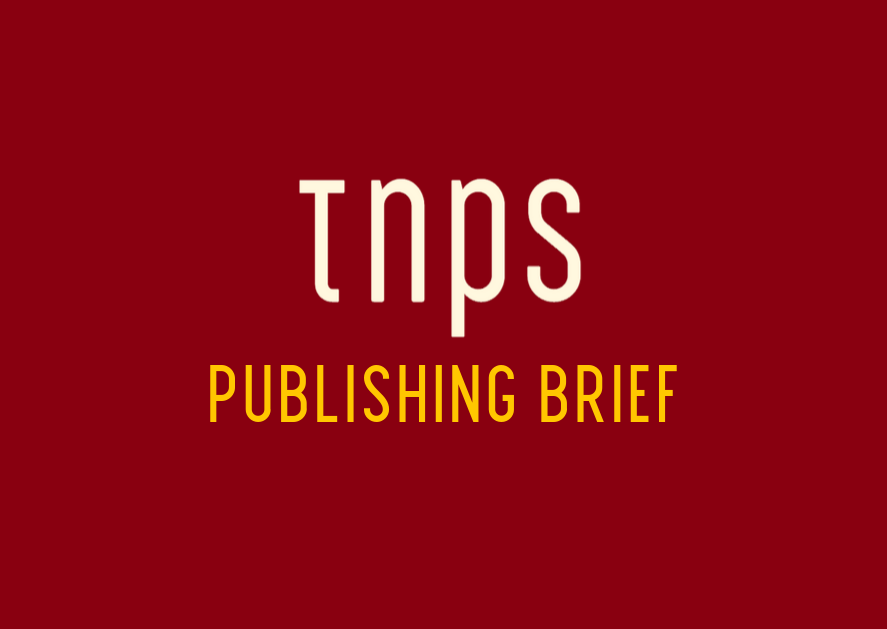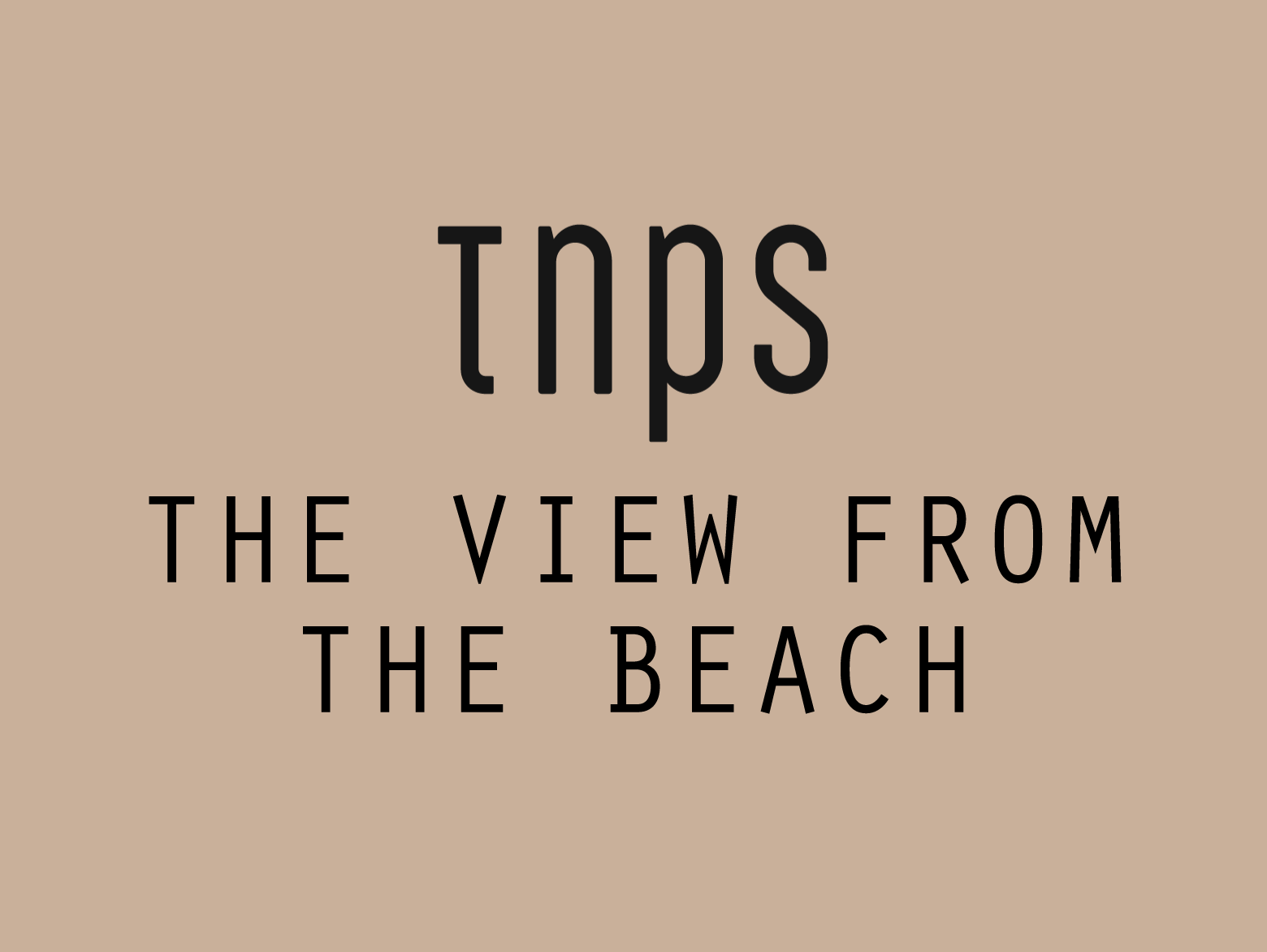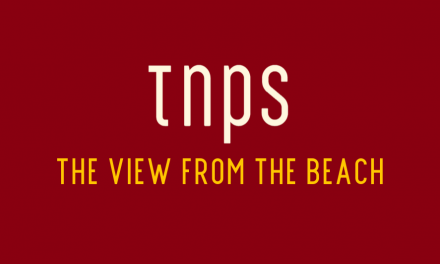I’ve managed the to exist blissfully unaware there was such a thing as the “commodification of breast milk”, let alone that it might feature in a horror movie scenario.
Full disclosure: I’m the biggest scaredy-cat around when it comes to horror movies and books. Yes, I loved Dracula and Frankenstein, but they were gothic love stories, not crazed slashers, man-eating piranhas, or torture-fests out to shock and terrify.
But while the Hammer Horror studio films were quick to realise a naked breast or two could bump up the box office take, I’ve managed to exist blissfully unaware there was such a thing as the “commodification of breast milk”, let alone that it might feature in a horror movie scenario.
So much so that I had to read twice the headline in The Bookseller this week: “‘Sporror’ and The Substance: horror fiction spreads its spores as submissions pile in.”
The Commodification of Breast Milk
The horror genre, reports Heloise Wood, is undergoing a fascinating transformation, with themes like sporror (fungal horror), body horror inspired by The Substance, and even the commodification of breast milk gaining traction.
(Fungal horror? The commodification of breast milk? WTF?)
Editors and agents report a surge in submissions exploring adventurous and alternative realities, reflecting societal concerns and escapist tendencies.
(Wait, what? Commodified breast milk reflects societal concerns and escapist tendencies? Now I really need to go lie down a while.)
Sales Trends and Market Insights
Horror book sales continue to rise, explains Wood, with 2024 seeing a record-breaking £8m in revenue. The first quarter of 2025 shows a 37% increase in value compared to the same period in 2024, reaching £1.78m. However, the category remains niche, with no book selling over 10,000 copies this year.
Emerging Themes and Voices
Agents like Cathryn Summerhayes highlight the shift towards abstract and escapist horror, with younger, queer, and regional voices contributing fresh perspectives. Lucy Rose’s The Lamb exemplifies this trend, blending traditional horror with themes of queerness and infanticide. Social media platforms like BookTok are helping authors connect with new audiences.
Body horror is also gaining momentum, with submissions exploring reproductive independence and societal fears. The rise of sporror aligns with broader cultural trends, such as the fungal infection narrative in The Last of Us. Horror romance is emerging as a promising sub-genre, blending two historically distinct genres.
Global and Experimental Trends
Translated horror, particularly from Japan and Korea, is becoming darker, reflecting global shifts in the genre. Publishers are embracing experimentation, with books using horror as a lens to explore identity, prejudice, and repression.
Read Heloise Wood’s full report over at The Bookseller.
This post first appeared in the TNPS LinkedIn newsfeed.





